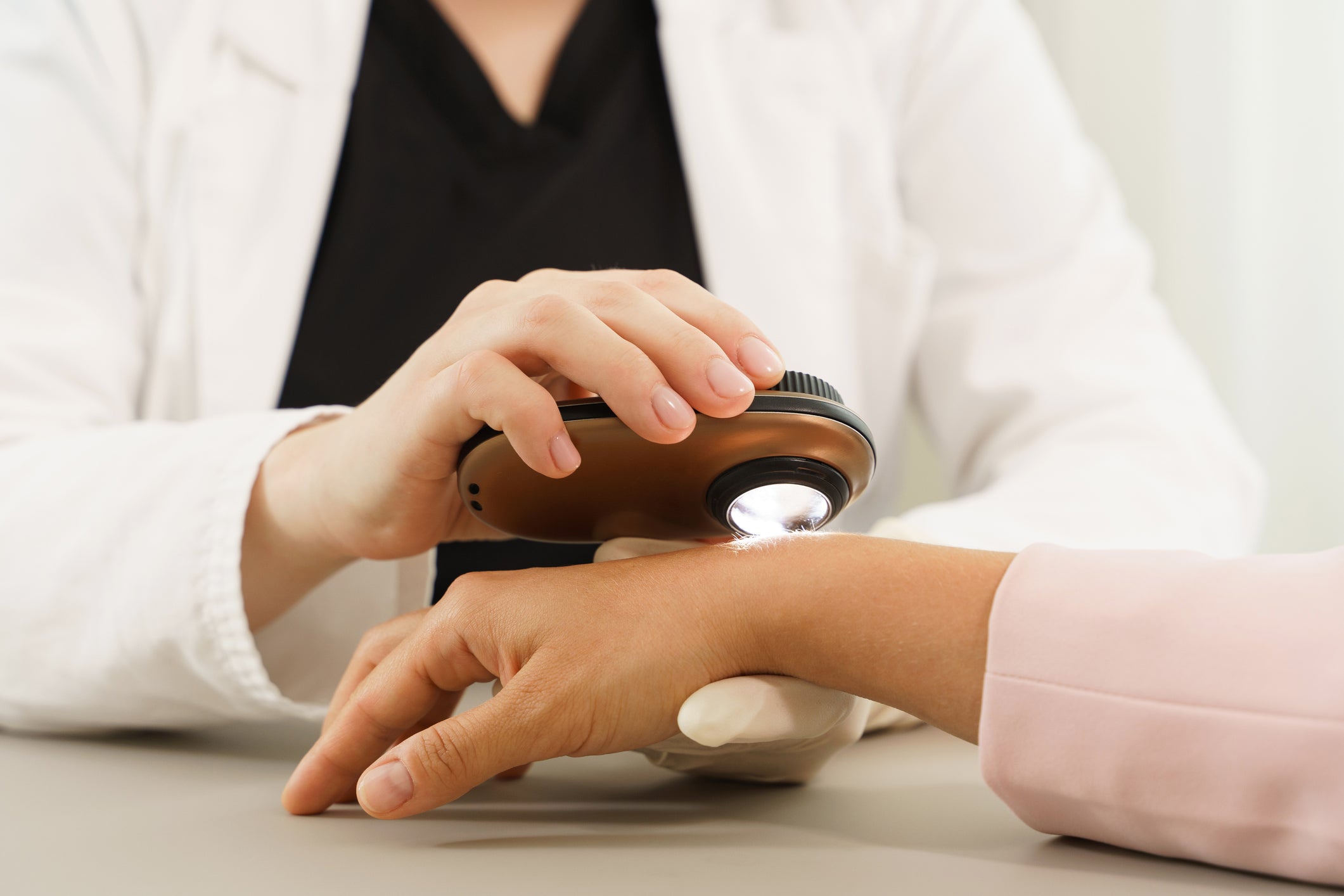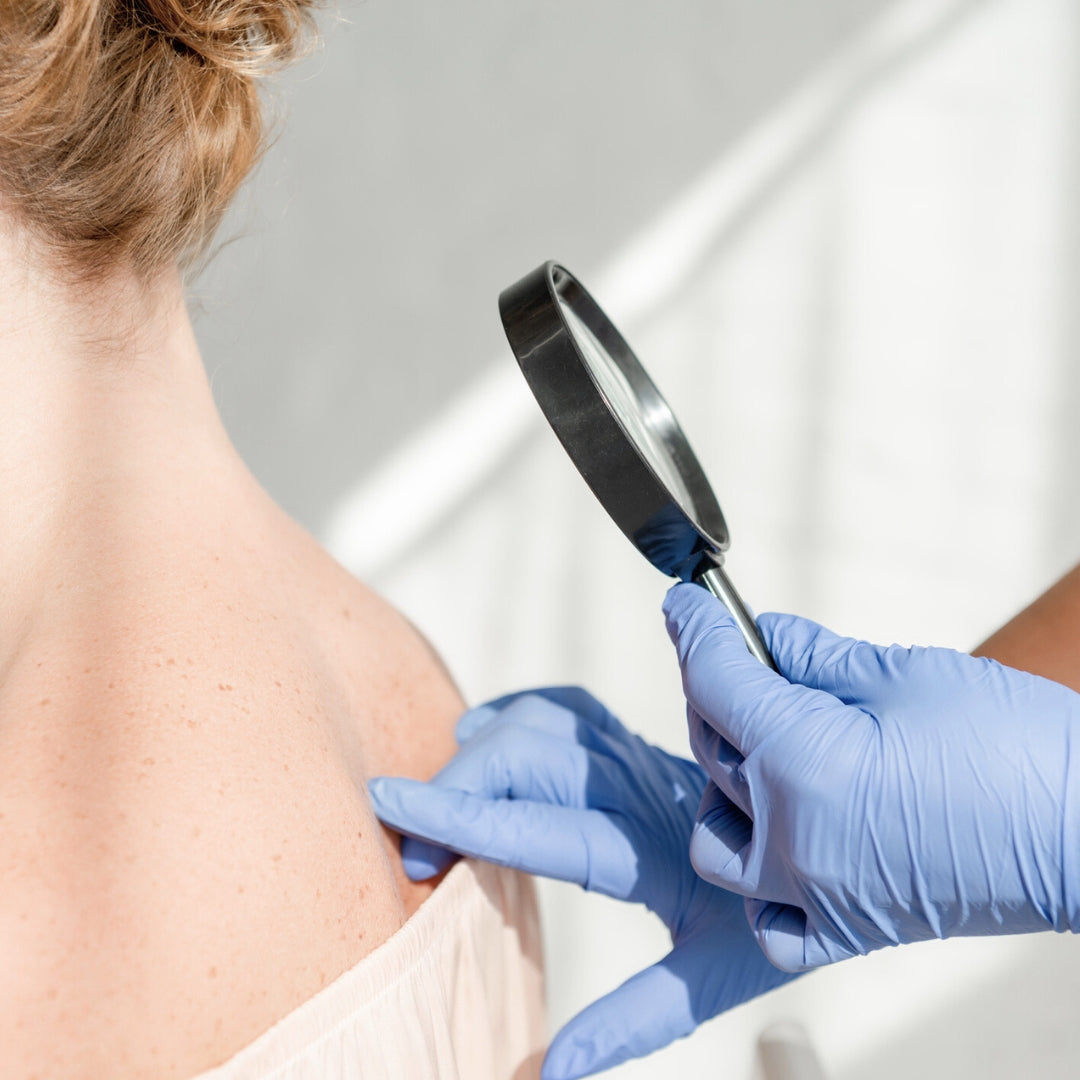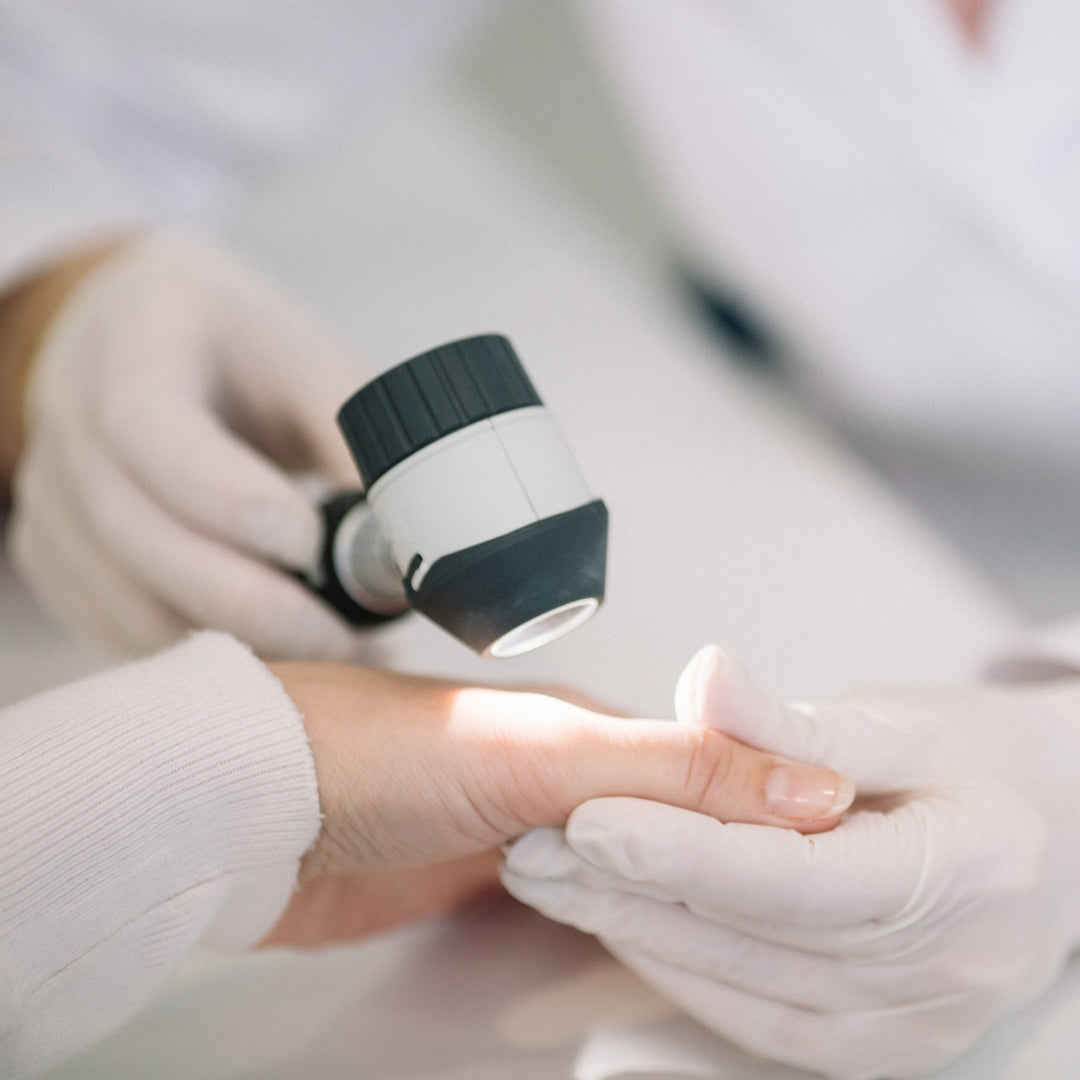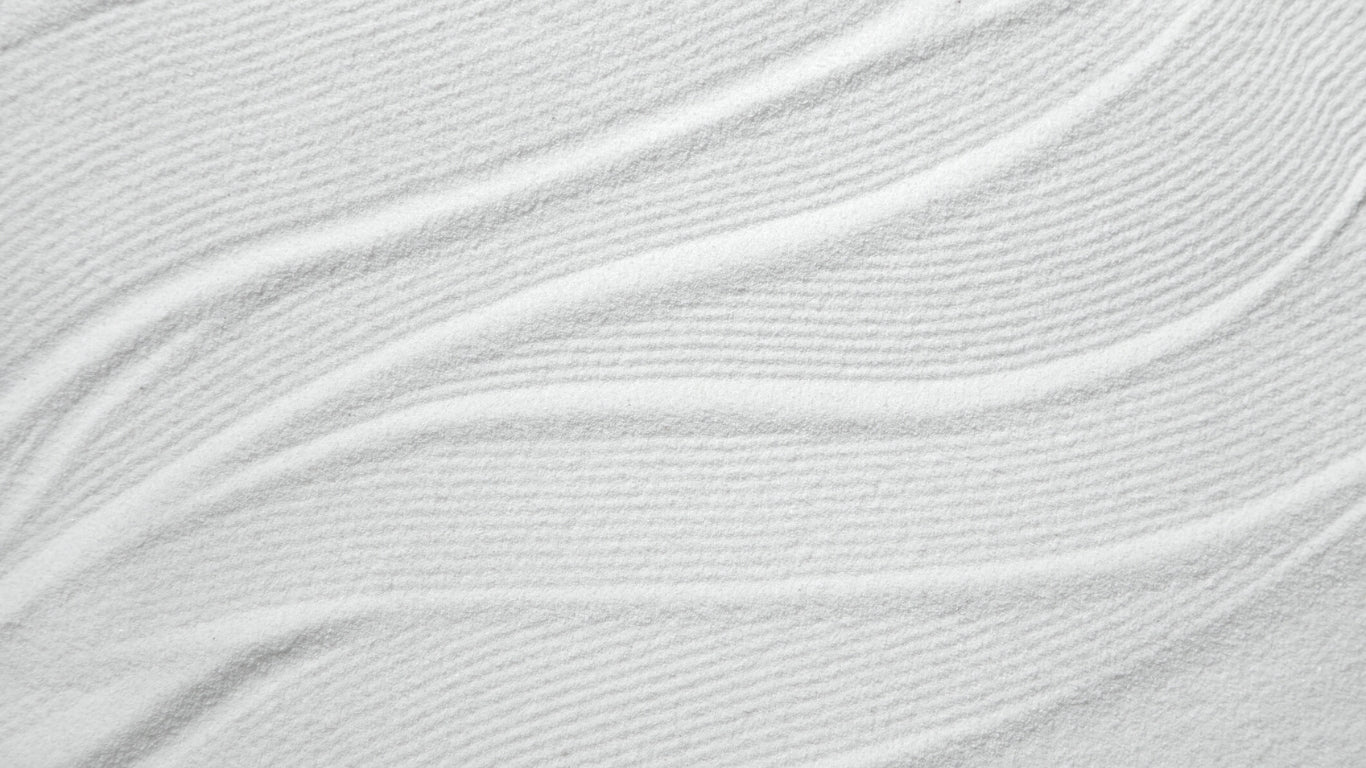
SKIN CANCER CHECKS
Early Detection Saves Lives
Regular skin checks are essential for the early detection and prevention of skin cancer, helping to identify suspicious moles or lesions before they become serious. Our experienced skin cancer doctors use advanced dermoscopy and mole mapping to provide thorough, professional skin cancer screenings.
TREATMENT PROCESS
1. Consultation
2. Full-Body Skin Examination
3. Discussion of Findings
4. Treatment Plan or Follow-Up
When you arrive, your GP or skin cancer-trained clinician will begin with a brief medical history and discuss any specific concerns you may have—such as new or changing moles, lesions, or family history of melanoma or other skin cancers.
A comprehensive, head-to-toe skin check is performed in a private and respectful manner. Our clinicians use dermatoscopy, a specialised tool that allows for enhanced magnification and assessment of suspicious lesions beneath the skin surface.
Patients are asked to undress to their underwear for a complete examination. A gown or modesty cloth is always provided, and your comfort and dignity are prioritised throughout.
Following the examination, your clinician will explain any findings clearly and thoroughly. If any lesions require further assessment, they will discuss biopsy options or the possibility of an in-clinic excision. In many cases, suspicious lesions can be managed onsite by our medical or surgical team.
If no immediate concerns are found, we’ll provide guidance on sun safety, self-monitoring techniques, and recommend an appropriate timeline for your next check. For those requiring treatment, we ensure a seamless referral process and coordinated care.




Why Regular Skin Checks Are Essential
Australia has one of the highest rates of skin cancer in the world, with two in three Australians diagnosed with skin cancer by age 70. Early detection is key to successful treatment, as skin cancers like melanoma, basal cell carcinoma (BCC), and squamous cell carcinoma (SCC) can spread if left untreated. A professional skin check helps detect abnormalities early, reducing the risk of serious complications.
Skin Cancer Prevention & Early Detection
Skin Cancer Prevention Tips
- Wear broad-spectrum SPF 50+ sunscreen daily, even on cloudy days.
- Avoid peak sun hours (10 AM – 4 PM) and seek shade when outdoors.
- Wear protective clothing, including hats and sunglasses.
- Reapply sunscreen every two hours, especially after swimming or sweating.
- Check your skin regularly for new or changing moles.
The ABCDEs of Melanoma (How to Spot Suspicious Moles)
- Asymmetry – One half of the mole doesn’t match the other.
- Border – Irregular, scalloped, or poorly defined edges.
- Colour – Multiple colours or uneven shades.
- Diameter – Larger than 6mm or increasing in size.
- Evolving – Changes in size, shape, colour, or sensation (itching, bleeding).
DIY Skin Check: When to See a Doctor
- Perform a monthly full-body skin check using a mirror or with the help of a partner.
- Look for new, changing, or unusual moles, spots, or skin growths.
- Monitor any sores that don’t heal or itchy, bleeding, or crusting lesions.
- If you notice suspicious changes, book a professional skin cancer check immediately.
How often should I get a skin cancer check?
Individuals at high risk (fair skin, sun exposure history, family history of melanoma) should have annual skin checks, while others should have a full-body examination every one to two years.
What happens during a skin cancer check?
Our doctor will examine your skin from head to toe using a dermatoscope to detect suspicious moles or lesions. If needed, we may perform digital imaging (mole mapping) or a biopsy for further analysis.
Can skin cancer be treated if caught early?
Yes. Early detection significantly increases treatment success rates. Most non-melanoma skin cancers (BCC, SCC) and early-stage melanomas can be completely removed if diagnosed in time.
How do I know if a mole is cancerous?
Follow the ABCDE rule of melanoma:
- Asymmetry
- Border irregularity
- Colour changes
- Diameter larger than 6mm
- Evolving appearance
If you notice any of these signs, book a skin cancer check immediately.
Does a skin cancer check hurt?
No, a skin check is non-invasive and painless. If a biopsy is needed, local anaesthesia is used to ensure minimal discomfort.
What is mole mapping, and do I need it?
Mole mapping uses high-resolution digital imaging to track changes in moles over time, helping detect melanoma in its earliest stages. It's recommended for high-risk individuals with multiple moles or a history of skin cancer.
What should I do if I have a suspicious mole?
If a mole changes in size, colour, or shape, bleeds, or becomes itchy, book a professional skin cancer check immediately for evaluation.
Are skin cancer checks covered by Medicare?
Some aspects of skin checks may be bulk-billed, while procedures like mole mapping and biopsies may require an out-of-pocket fee.
Can I remove a mole for cosmetic reasons?
Yes, we offer medical and cosmetic mole removal using minimally invasive techniques.




